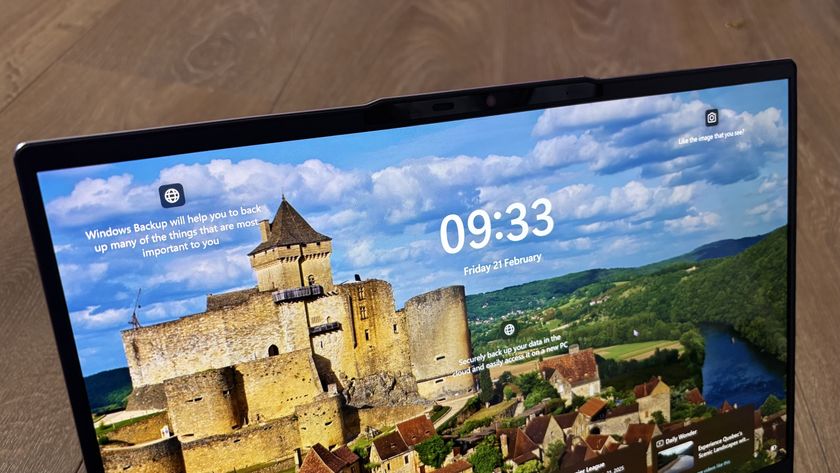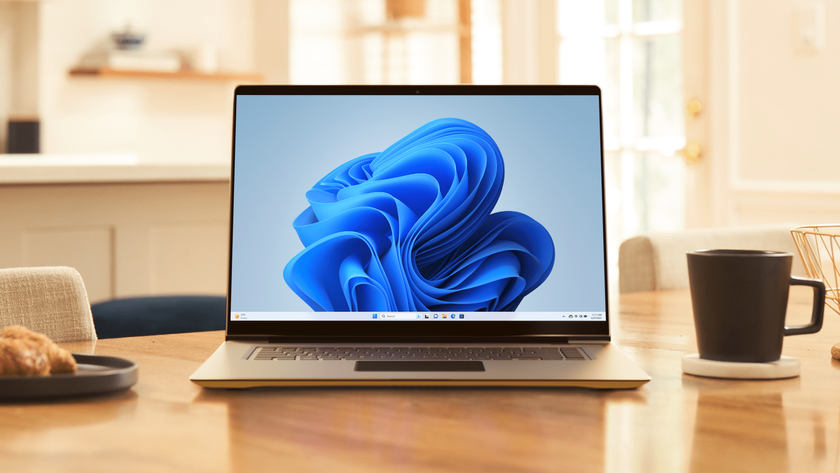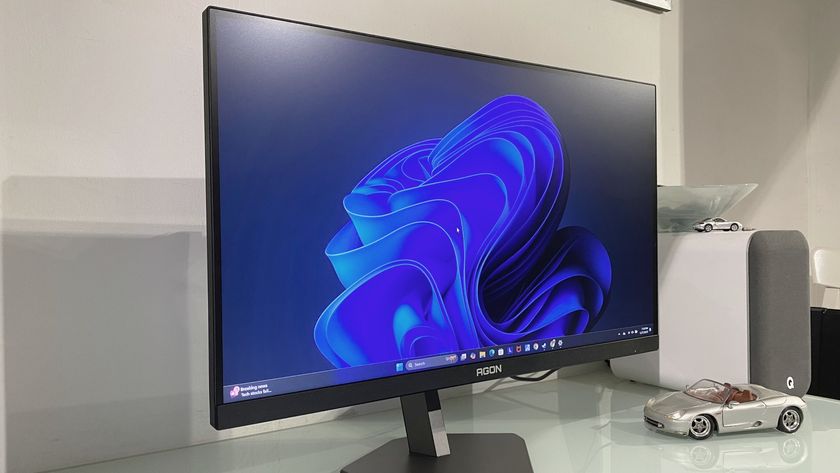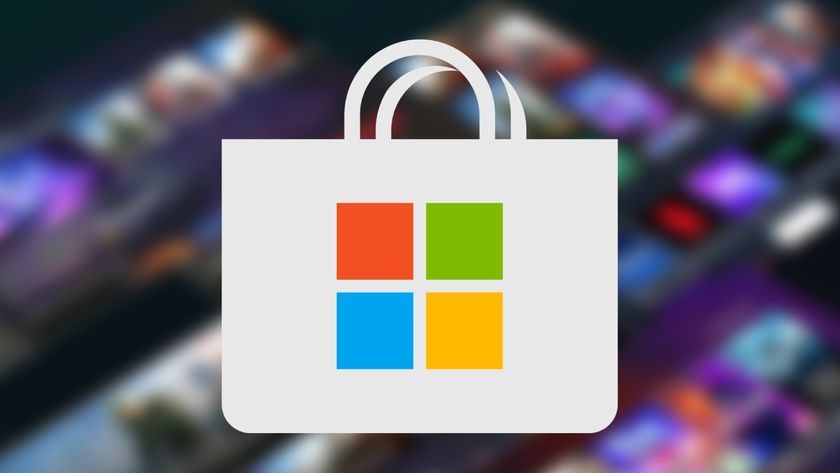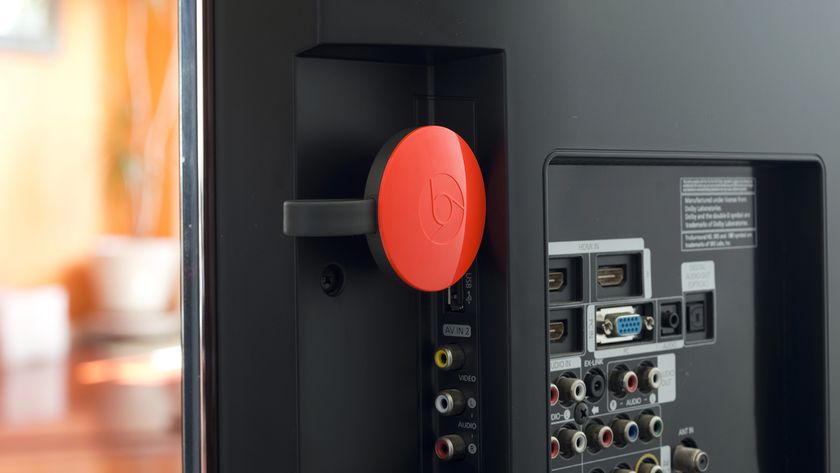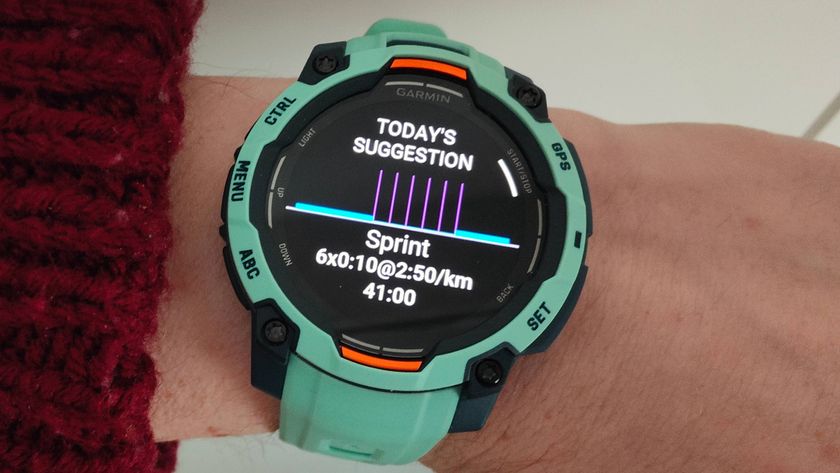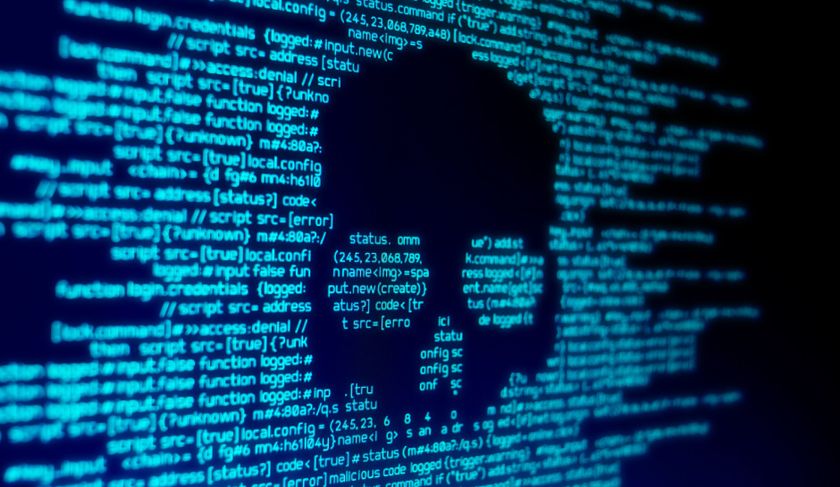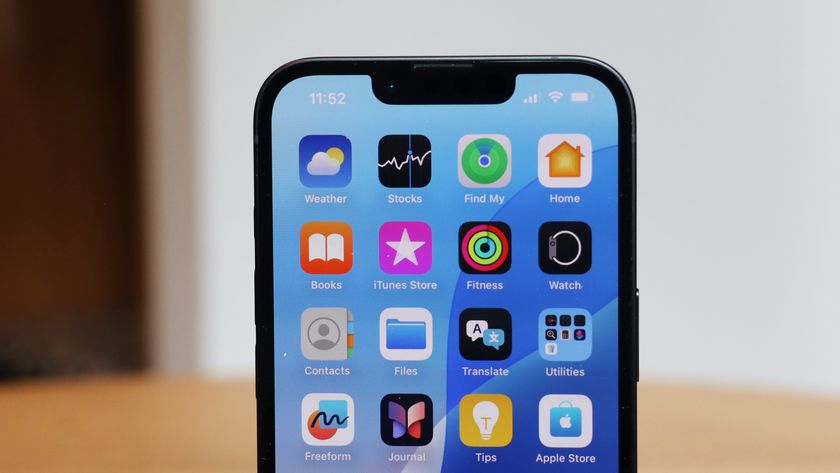Windows 10 May 2020 Update breaks internet connectivity for some (and causes déjà vu)
Possibly related to VPN usage, as a previous similar bug was

Windows 10 May 2020 Update has another problem that Microsoft has acknowledged, this time with internet connectivity flaking out for some users.
This is a slightly odd bug (that we’ve seen before – more on that later) in that Windows 10 is showing that there’s no internet connection in the taskbar icon, when in actual fact there is a perfectly valid connection for the PC – and users can still go online.
- Windows 10 May 2020 Update problems: how to fix them
- We solve 100 common Windows 10 problems
- How to uninstall a Windows 10 update
The problem is compounded, though, because some apps go off the operating system reporting that there’s no connection, and therefore are left high and dry thinking they’re offline.
In short, while affected users may be able to fire up a web browser and happily go about their normal daily surfing, some apps like Cortana, Microsoft 365, OneDrive or the Microsoft Store go by the operating system’s reported online or offline status, and so will see the PC as offline. This isn’t just Microsoft apps either, with the likes of Spotify also reportedly failing to work for users hit by the bug.
There are various online reports of this problem and its ramifications, and Windows Latest, which picked up on this issue, confirms that it has experienced the internet connection bug first-hand.
German site Born City further reports that a reader who experienced the bug suggests the problem could be related to VPN or proxy usage, but it’s not really clear exactly what the root of the issue is.
You might recall, however, that there was a similar internet connectivity bug around before the release of the May 2020 Update, back in March, so this could be a resurgence of that issue (that Microsoft previously fixed) which was indeed VPN related.
Get daily insight, inspiration and deals in your inbox
Sign up for breaking news, reviews, opinion, top tech deals, and more.
Microsoft is investigating
Microsoft has acknowledged the new issue in a TechNet forum post, observing that: “Customers are reporting ‘no internet’ access in the Network Connectivity Status Indicator (NCSI) on Windows 10 2004 [May 2020 Update] devices on devices that in fact can ping internet resources or browse web sites with internet browsers.”
So, this is a known issue for Microsoft, and is being investigated by the software giant, but there’s no resolution as yet. Rolling back from the May 2020 Update to a previous Windows 10 installation appears to cure the issue, but that’s obviously not an ideal solution.
Windows Latest highlights a workaround which has been floated on several posts, and appears to work for a number of users – although there are reports that it didn’t make a difference for others.
The other major caveat is that it involves editing the Registry, and if you’re not confident in your computing knowledge or abilities, this is perhaps something you should avoid, given that making an error in the Registry can lead to all kinds of serious consequences for your operating system.
That said, if you want to give the workaround a shot, it is as follows:
- Type ‘Registry Editor’ in the Windows 10 search box in the taskbar, and click on the app when it appears in the panel above
- Click ‘Yes‘ to allow the app to run
- Inside the editor, find the following key: HKEY_LOCAL_MACHINE\SYSTEM\CurrentControlSet\Services\NlaSvc\Parameters\Internet
- Highlight ‘EnableActiveProbing’ and change the value data from 0 to 1
With any luck, that should do the trick, although as noted, there are some folks who have found it hasn’t worked (and others who have said the appropriate value is already set to 1, yet they are still encountering the gremlin).
So your mileage may vary, and as we’ve already said, remember to be very careful if you do embark on the route of editing the Registry.
Hopefully Microsoft’s investigation into this issue will prove fruitful in terms of a proper resolution sooner rather than later, and with any luck, the company will find a solution that means we won’t ever see this kind of bug again.
- These are the best laptops around
Darren is a freelancer writing news and features for TechRadar (and occasionally T3) across a broad range of computing topics including CPUs, GPUs, various other hardware, VPNs, antivirus and more. He has written about tech for the best part of three decades, and writes books in his spare time (his debut novel - 'I Know What You Did Last Supper' - was published by Hachette UK in 2013).


